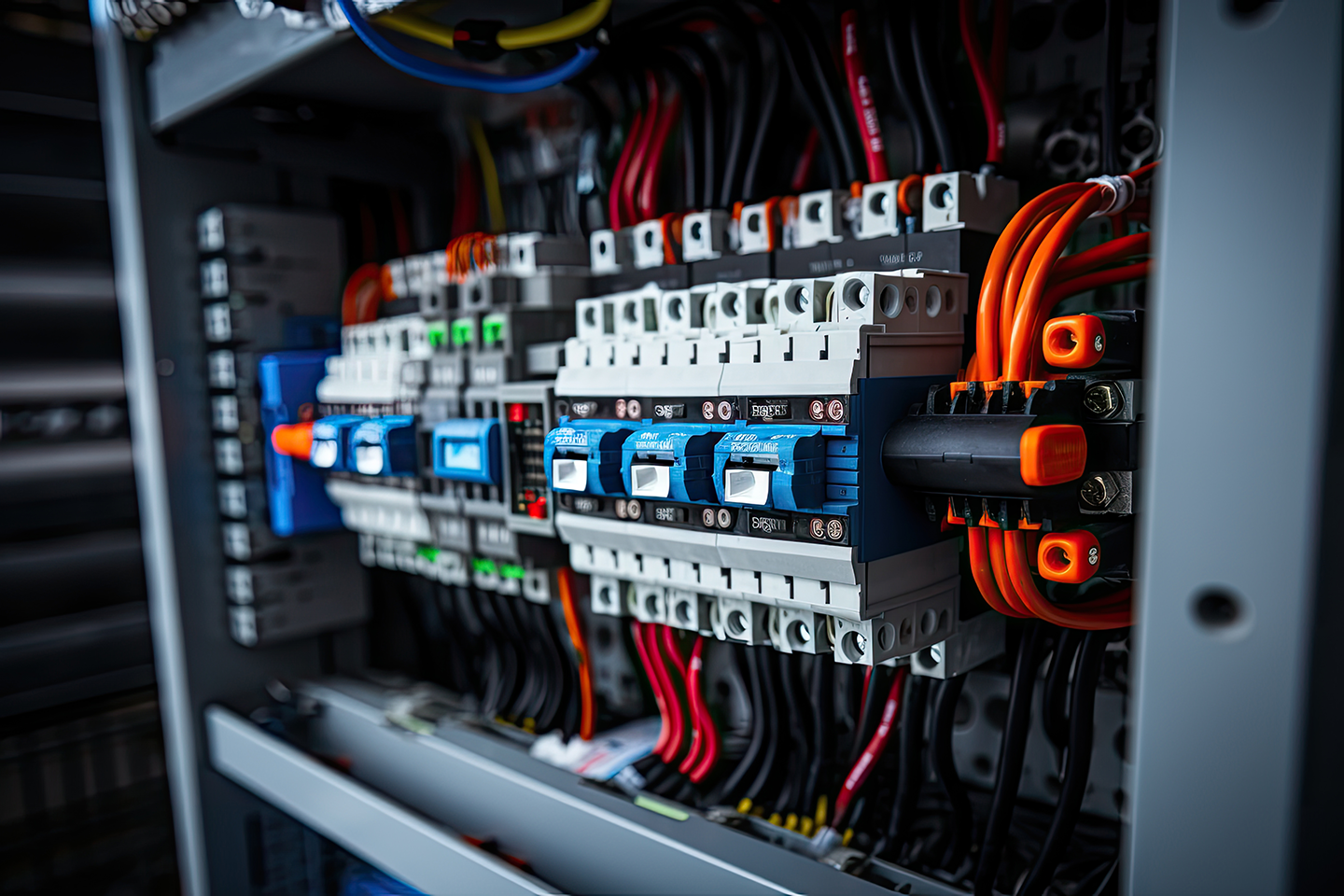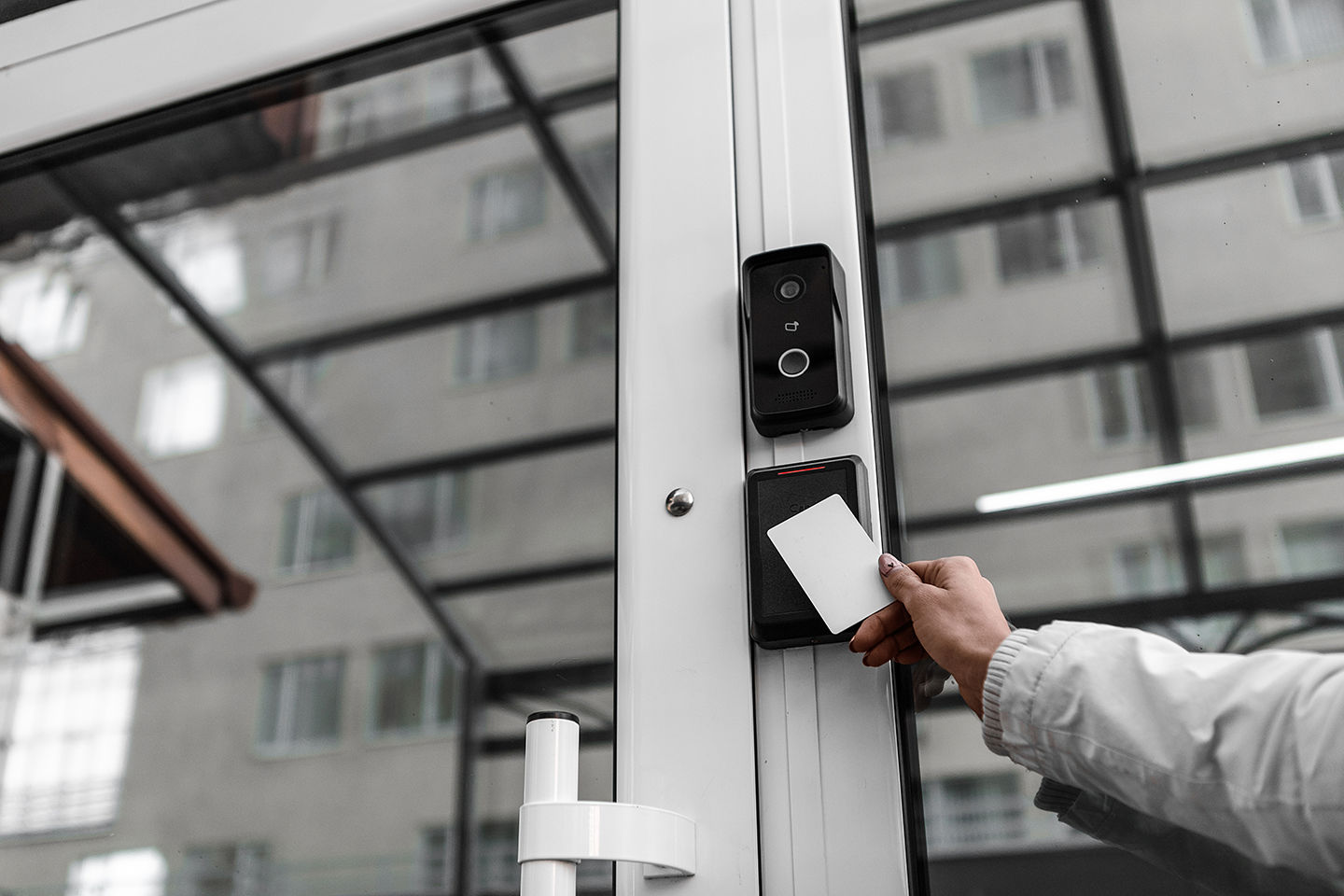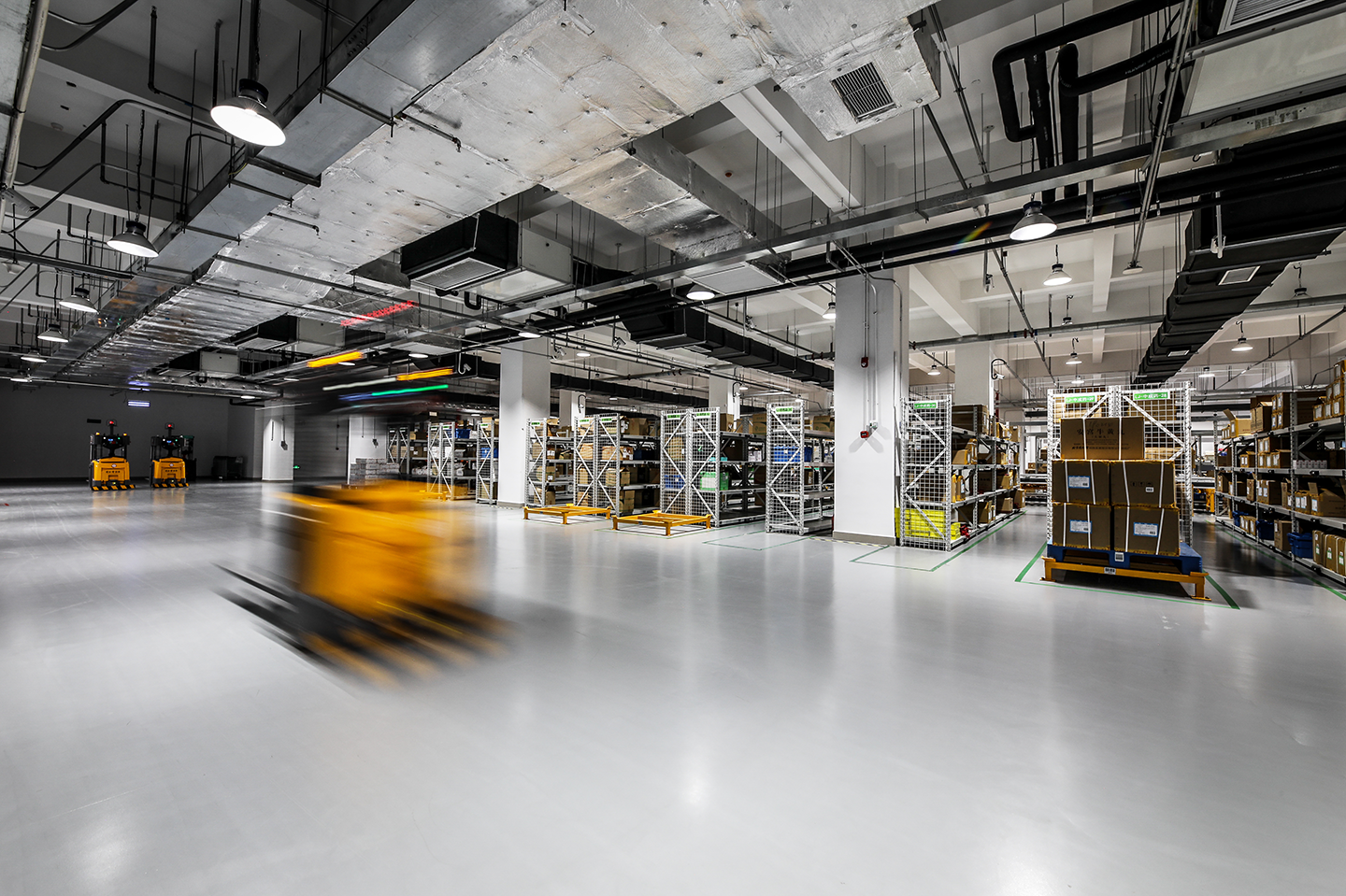
13 Nov Future Trends in Building Automation
Building Automation Systems (BAS) have emerged as pivotal components in contemporary infrastructure, revolutionizing how we interact with and manage our built environments. These intricate networks of sensors and controllers are the linchpins of efficiency, comfort, and security in modern buildings. They significantly leap from traditional, manual building management methods, integrating cutting-edge technology to create responsive and intelligent spaces.
The trajectory of BAS points towards even more sophisticated integrations, promising unprecedented advancements in how buildings operate and interact with their inhabitants and the broader urban ecosystem. This evolution beckons a closer examination of the forthcoming trends set to redefine the landscape of building automation.

Emerging Technologies in BAS
The forefront of Building Automation Systems (BAS) is being reshaped by groundbreaking advancements in the Internet of Things (IoT), Artificial Intelligence (AI), and Machine Learning (ML).
- IoT’s proliferation has enabled a network of interconnected devices, each capable of collecting and exchanging data in real-time, thus ensuring more responsive and adaptable building environments.
- AI’s prowess in predictive analytics transforms how BAS anticipates and responds to varying occupancy patterns and environmental conditions, optimizing energy use and enhancing occupant comfort.
- ML algorithms refine BAS operations by learning from vast datasets, enabling systems to self-improve and predict maintenance needs, reducing downtime, and extending equipment life.
Collectively, these technologies are not just enhancing existing BAS functionalities but pioneering smarter, more efficient, and increasingly autonomous building ecosystems for the future.

Sustainability and Energy Efficiency
As we advance, the emphasis in Building Automation Systems (BAS) is increasingly shifting towards sustainability and energy efficiency. Future BAS are expected to incorporate innovations designed to minimize energy consumption and reduce carbon emissions. This includes directly integrating renewable energy sources, like solar and wind power, into BAS.
Advanced algorithms will optimize energy use based on real-time data, leading to smarter, more efficient heating, cooling, and lighting systems. These innovations not only promise significant cost savings for building operators but also contribute to a greener, more sustainable future, aligning with environmental goals and reducing the ecological footprint of our built environments.

Enhanced Security and Safety Features
The future of Building Automation Systems (BAS) heralds a new era in security and safety features. Anticipated trends include integrating sophisticated surveillance systems with facial recognition and anomaly detection capabilities enhancing real-time security monitoring.
BAS are expected to incorporate advanced emergency response mechanisms. These systems will not only detect potential hazards like fire or gas leaks but also orchestrate immediate responses, such as activating alarms, guiding evacuation routes, and notifying emergency services.
This elevated level of security and safety in BAS represents a significant stride towards ensuring the well-being and protection of occupants in modern buildings.

Integration with Smart City Infrastructure
Integration with smart city initiatives represents a pivotal trend in the evolution of Building Automation Systems (BAS). Future BAS are expected to seamlessly connect with broader urban systems, facilitating data exchange and interoperability. This integration will enable coordinated management of energy, traffic, and utilities at a city-wide scale, enhancing efficiency and sustainability. By linking buildings with transportation and public infrastructure, these smart networks will play a crucial role in shaping responsive, adaptive, and intelligent urban landscapes.

The evolving landscape of BAS in Houston, Texas, underscores the importance for stakeholders in the construction, management, and technology sectors to stay abreast of these developments. Keeping informed about future trends is essential for leveraging the opportunities presented by advanced building automation, ensuring both operational efficiency and sustainability in the built environment.

